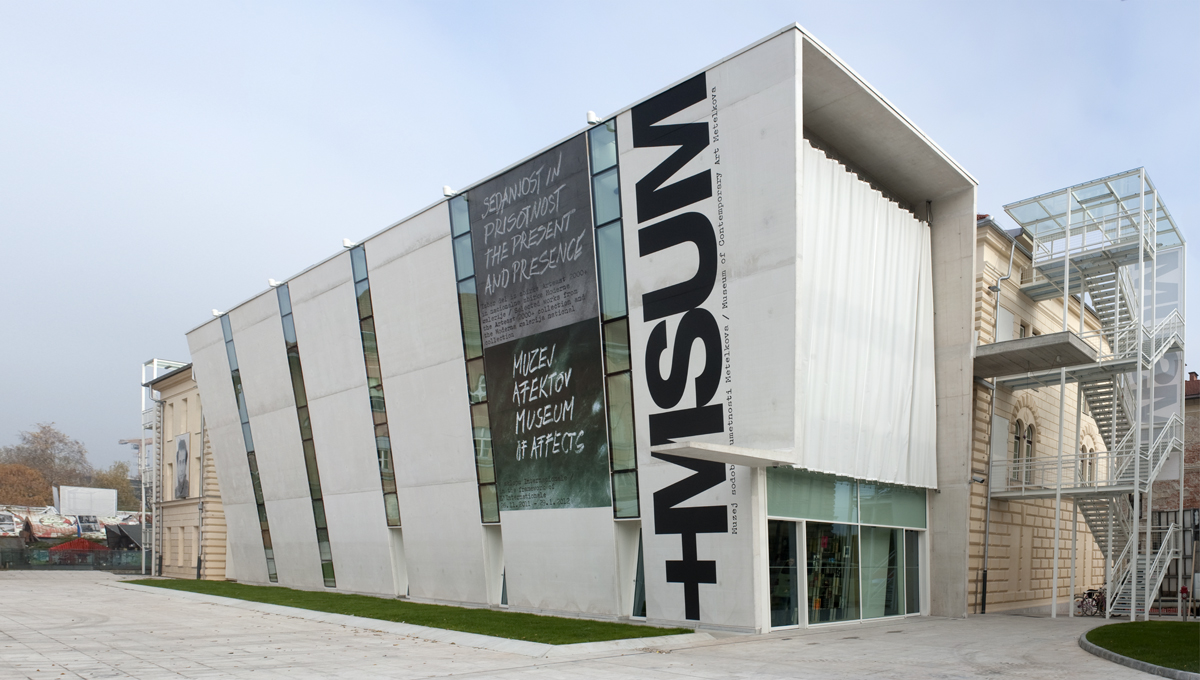The Collection, the Museum, and the History
A set of artifacts assembled by certain criteria could be called a collection. When a collection is included in a museum, it becomes part of a broader museum display narrative. A chronologically organized story, in which museum artifacts play a certain role, is some kind of history. These concepts are the theme of three exhibits presented here, coming from the Salon de Fleurus, the Museum of American Art, and the Kunsthistorisches Mausoleum.
The theme of the Salon de Fleurus exhibit is a collection of modern art assembled by Leo and Gertrude Stein in Paris in the early 20th century. It was at the Steins’ salon that visitors could see paintings by Cezanne, Matisse, and Picasso hung together for the first time. Some three decades later, after the 1936 exhibition Cubism and Abstract Art, the story of the Museum of Modern Art would begin with Cezanne, and from there it would unfold in two directions – one toward Matisse and Fauvism, and the other toward Picasso and Cubism. This MoMA story, which was based not on national schools but on international movements, became the canon of modern art. Although based entirely on European art, this story became an inspiration for the group of American artists that later became known as Abstract Expressionists, and this is the theme of the Museum of American Art in Berlin. Not too long after the war art histories began to be written according to internationalism and individualism. The themes of the Kunsthistorisches Mausoleum are two such histories: A Concise History of Modern Painting by Herbert Read and the History of Art by H. W. Janson.
The related phenomena that are the subject matter of these three exhibits – collection, museum and history – play an important role in constructing collective memory. But the exhibits themselves demonstrate how certain cultural phenomena characteristic for the art context could be interpreted through a non-art exhibit as some kind of meta-art.
Walter Benjamin Berlin 2013
Walter Benjamin is an art theoretician and philosopher who in his article “The Work of Art in the Age of Mechanical Reproduction” (1936) addressed issues of originality and reproduction. Many years after his tragic death (1940) he reappeared in public for the first time in 1986 with the lecture “Mondrian ’63 -’96” in Cankarjev dom in Ljubljana. Since then he has published several articles and given interviews on museums and art history. His most recent appearance was a lecture “The Unmaking of Art” held in 2011 in Chinese at the Times Museum in Guangzhou, in English at the Arnolfini (Bristol), etc. His lectures, interviews and articles are just being published in the book Recent Writings. In recent years Benjamin has become closely associated with the Museum of American Art in Berlin.


